Fountain Nozzle for a Swimming Pool
Fountains come in various types, styles, and sizes, serving decorative, architectural, and practical purposes. Here are some details about fountain Nozzles:
Types:
Tiered or Cascade Fountain Nozzles: These fountain Nozzles consist of multiple levels or tiers from which water flows from the top down to the bottom.
Wall Fountains: Mounted on walls, these fountain Nozzles have water flowing from a spout into a basin or pool below.
Statuary Fountains: These fountain Nozzles feature sculptures or statues with water flowing from them.
Floating Fountain Nozzles: Installed in bodies of water, such as ponds or lakes, these fountains have pumps that draw water from below and shoot it into the air.
Architectural Fountain Nozzles: Found in public spaces, such as plazas or parks, these fountains are often grand in scale and incorporate architectural elements.
Interactive Fountains: Designed for play and enjoyment, these fountains often have nozzles that spray water in different patterns and heights.
Drinking Fountains: Also known as water fountains or bubblers, these provide potable water for drinking.
Materials:
Stone: Marble, granite, and limestone are common choices for classic and durable fountain construction.
Metal: Stainless steel, bronze, and copper are used for contemporary fountain designs due to their sleek appearance and resistance to corrosion.
Concrete: Often used for large-scale and custom-designed fountains due to its versatility and ability to be molded into various shapes.
Resin: Lightweight and durable, resin is a popular material for affordable and easy-to-install fountain replicas.
Glass: Glass fountains add a modern and artistic touch to outdoor and indoor spaces, often incorporating LED lighting for visual effects.
Components:
Pump: The heart of a fountain, the pump circulates water from a reservoir or basin to the fountain’s spouts or jets.
Nozzles/Jets: These components determine the shape, height, and pattern of the water spray.
Basin/Reservoir: Holds the water and often houses the pump and other mechanical components.
Decorative Elements: Sculptures, statuary, lighting, and landscaping elements enhance the aesthetic appeal of the fountain.
Maintenance:
Regular cleaning to remove debris and prevent algae growth.
Inspecting and maintaining the pump and mechanical components.
Winterizing outdoor fountains in cold climates to prevent damage from freezing temperatures.
Historical Significance:
Fountains have been used for thousands of years, dating back to ancient civilizations such as the Romans and Greeks, who built elaborate public fountains for aesthetic and practical purposes.
Fountains have often been symbols of power, wealth, and civic pride, adorning palaces, gardens, and city squares throughout history.
Contemporary Uses:
Decorative focal points in gardens, parks, and public spaces.
Architectural features in urban landscapes and building complexes.
Functional elements providing aeration and circulation in ponds and water bodies.
Artistic installations in galleries, museums, and exhibitions.
Environmental Considerations:
Modern fountains may incorporate eco-friendly features such as recirculating water systems, energy-efficient pumps, and water-saving technologies to minimize waste and conserve resources.
Sustainable materials and practices are increasingly being used in fountain construction and maintenance to reduce environmental impact.






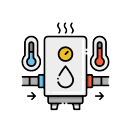





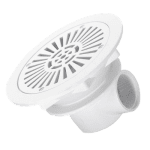







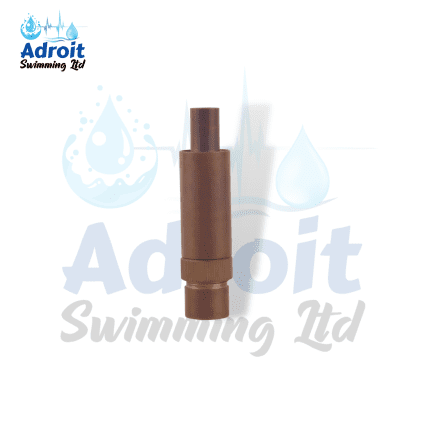
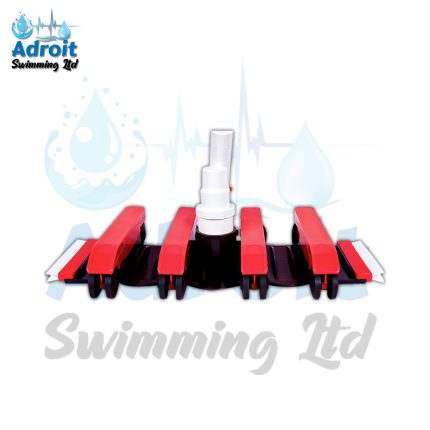

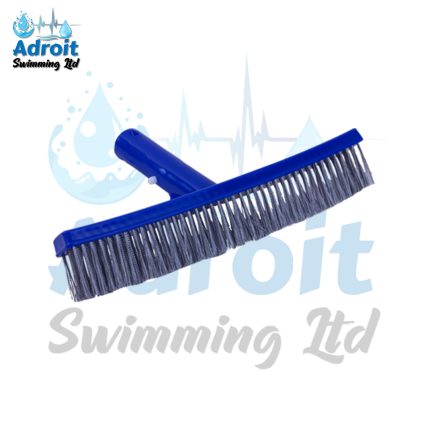



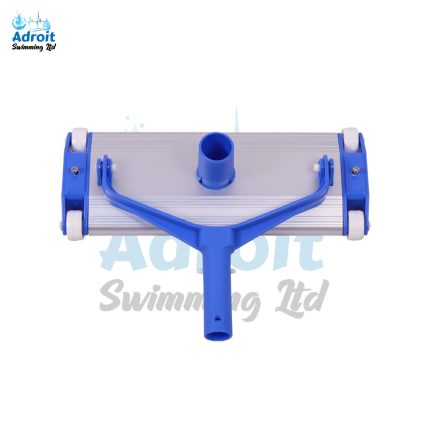

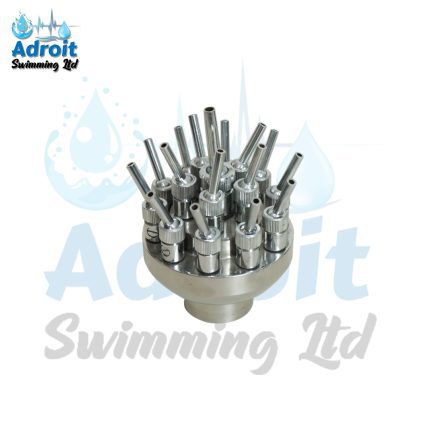


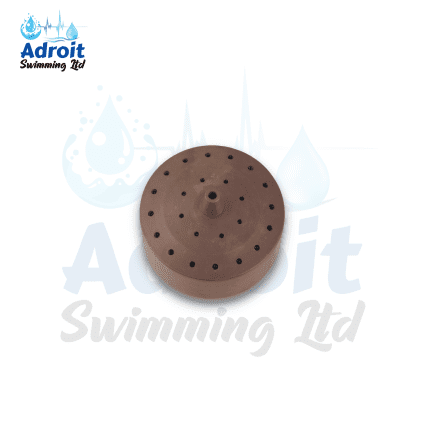
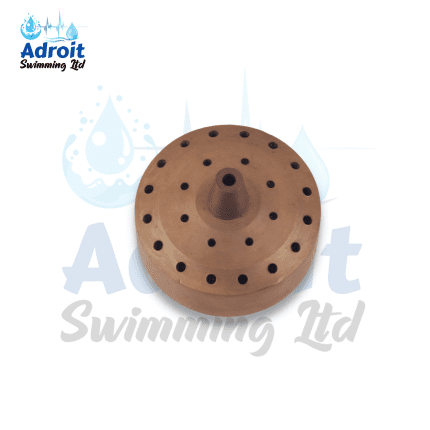
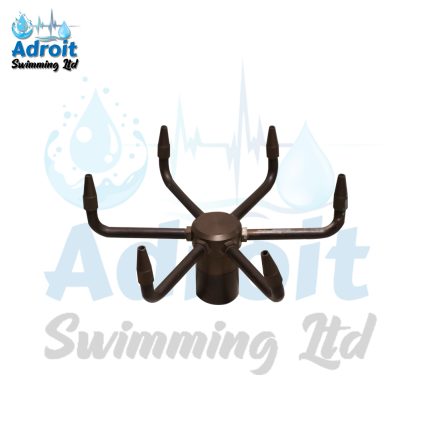

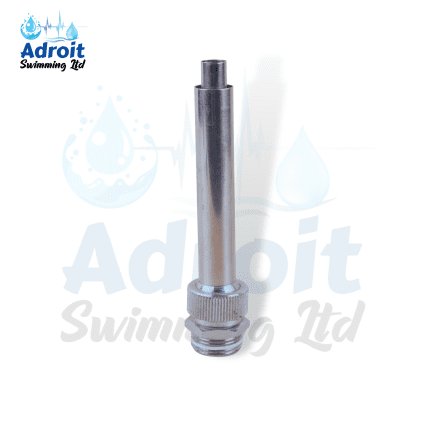
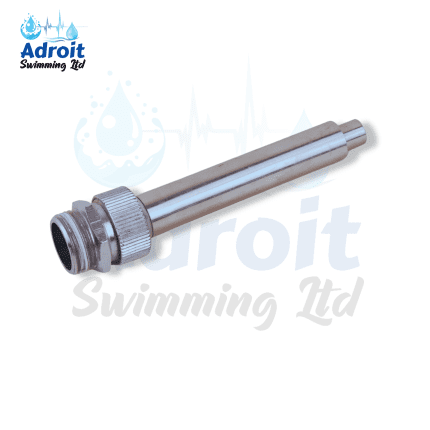
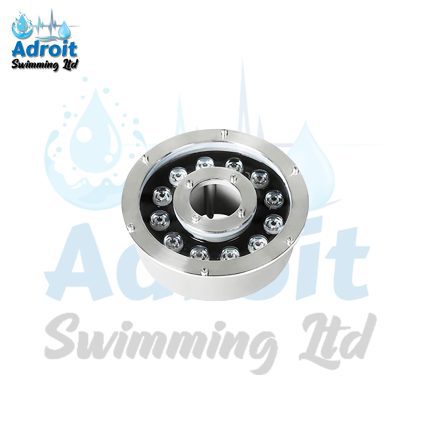
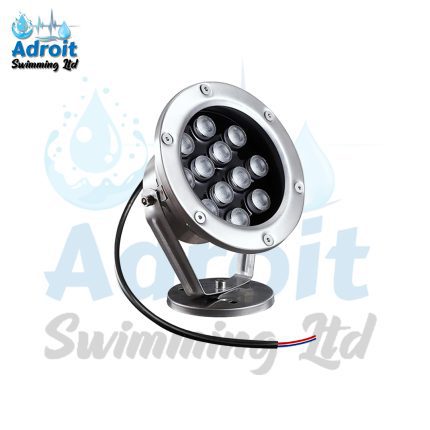
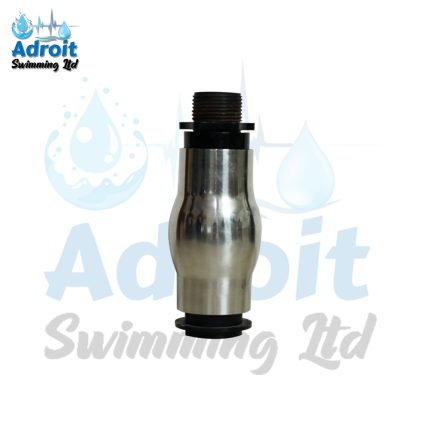


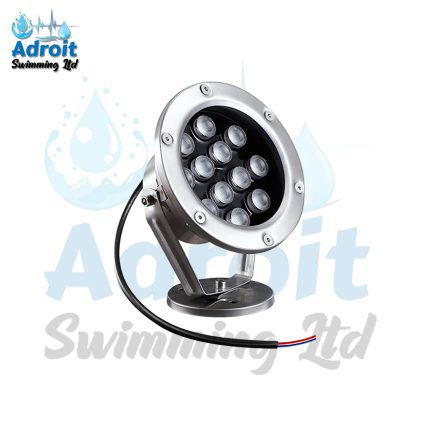
Reviews
There are no reviews yet.